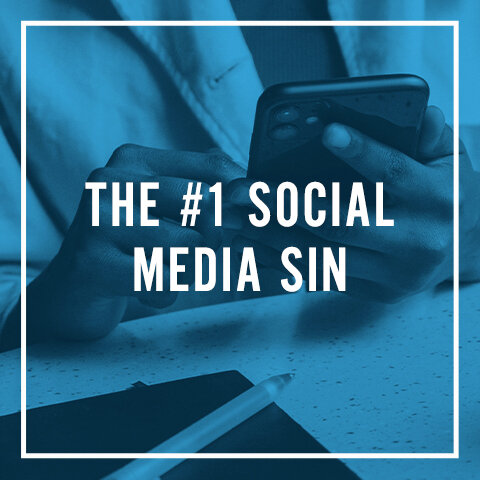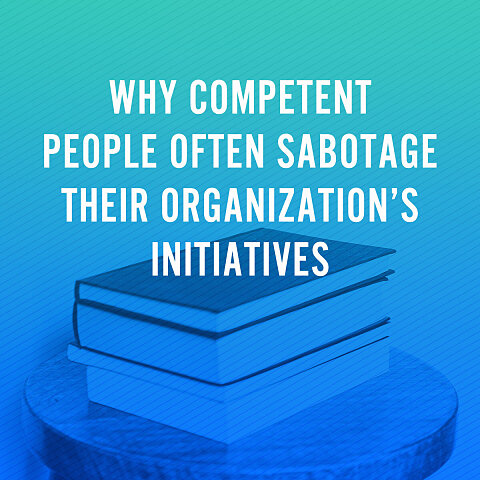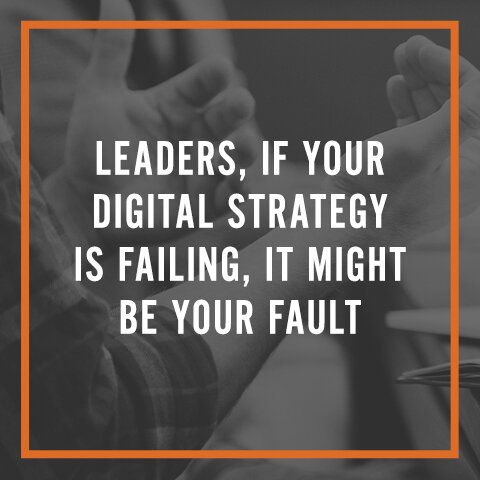How You Should Segment Your Donor Base
By Megan Hawkes
In our house, football season every year comes with discussions about the TV and the availability of watching every possible game aired. While I’m glad to watch Netflix on my iPad without any cable TV in the house, my husband feels differently, especially this time of year. When it comes to home entertainment in the fall in our house, one size definitely does not fit all.
When it comes to donors, one size does not fit all either. Imagine trying to make a donor who expects an all-access pass to every NFL game happy by offering reruns of Deadliest Catch!
Donors have expectations that they’ve developed through their giving to other organizations, as well as everything else they do online, by mail, or in person. As much as we hope they will respond positively no matter how we speak to them, the truth is that we need to be intentional about treating them the way they expect. And that means segmenting.
Here are some general guidelines to consider in segmenting your donor base, whether you’re new or a seasoned development vet.
Major Donors
Major donors on a caseload usually should not be included in every monthly appeal or effort. Their expectation is that the work you’ve begun in terms of communicating with them on a regular, personal basis will continue. They still may want to hear from you in a passive way occasionally, so include them on newsletters and reports.
For large, non-caseload donors, make sure they receive frequent levels of communication that remind them of why they fell in love with you in the first place. Some large donors will use those occasional appeals as top-of-mind reminders to send in gifts.
Be sure any communications with major donors that have asks are appropriate to the donor’s giving. Asking a donor who has given thousands of dollars for a $25 gift can cause a real “they don’t know me” disconnection.
Generally speaking, a more connected major donor will be a better candidate for the undesignated gift. Other high-end donors will be more interested in funding an entire project or providing matches. Caseload cultivation will help you know best how to ask them, but if they’re non-caseload large donors, monitor their giving interests carefully. Engaging or losing a few heavy givers can make a big difference in your year.
Mid-Level Donors
Mid-level donors are donors who fall somewhere between high-end and general file donors, should be communicated with an intentional basis. Be sure to ask these donors for larger amounts and steer them towards monthly commitments. Mid-level donors may be interested in giving undesignated gifts, but until they fully trust you, they will likely maintain an interest in project giving.
It’s fine to communicate with these donors by email or traditional mail frequently, even monthly. Don’t assume that a phone call a couple times of year should take the place of ongoing communication to mid-level donors. Include them in newsletters, updates, and asks. Just be sure to connect with them in a unique way at least once or twice a year.
Smaller Donors
Don’t forget about smaller donors, who give a cumulative annual total equal to that of a mid-level donor! A donor giving $125 a month expects to be honored the same way as a donor who gives $1,500 in a single gift. The monthly donor is likely to be open to monthly communications, but they should still be appreciated the same way you appreciate a higher giver. It doesn't have to always be with direct asks. Consider just sending newsletters to this group some months, or a special communication written just for monthly donors 4x a year in place of a regular ask.
Smaller donors are the primary targets for your standard, frequent communications. Ask amounts that match their giving levels, with options for a stretch or lift gift, will go a long way towards keeping them connected.
Remember that half of your major donors started out in this group—you never know where a relationship that starts small could lead!
Lapsed Donors
Lapsed donors, when reactivated, come back onto your file at much higher giving levels than new donors. But if you communicate with your lapsed donors too frequently, you not only spend too much money, you increase the likelihood that they will stay lapsed. This is because it’s harder to call attention to a “special” re-engagement message if it gets lost in the month-after-month communications.
Connect with lapsed donors occasionally and with your most compelling offers. Thank them for their past generosity. Ask them to engage in a non-giving way first, such as providing an email address or sharing a story.
Communicating with the right tone, frequency and ask for each donor group will not only provide good immediate results; it will help you keep donors happy and go far to facilitate their best giving possible. I’m tempted to point out that happy donors are a touchdown for everyone, but that kind of ending doesn’t suit my personal preference. See what I did there?















